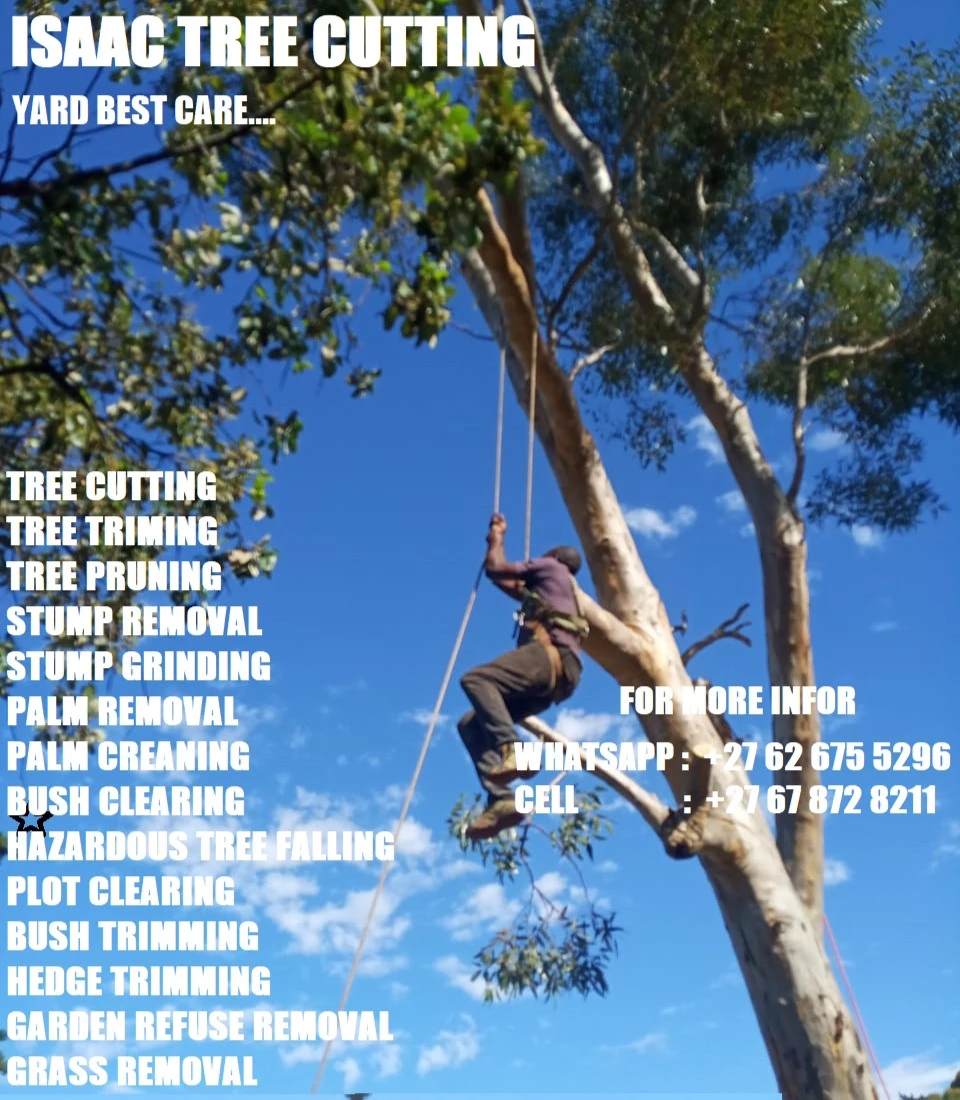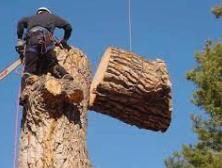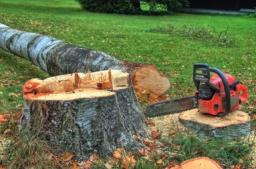Tree Felling Laws in South Africa: A Comprehensive Guide

Tree Felling Laws in South Africa: A Comprehensive Guide
Trees are an essential part of our ecosystem.
They provide oxygen, help reduce air pollution, and play a vital role in regulating the climate.
In South Africa, the government has implemented laws and regulations to protect trees from being cut down without proper authorization.
In this article, we will discuss the tree felling laws in South Africa and everything you need to know about them.
Introduction
Tree felling refers to the process of cutting down trees.
It is a common practice in various industries, including construction, mining, and agriculture.
However, indiscriminate tree felling can lead to environmental degradation and loss of biodiversity.
That's why South Africa has implemented tree felling laws to protect trees and the environment.
Importance of Trees
Before delving into the tree felling laws in South Africa, it's essential to understand the importance of trees. Trees provide several benefits, including:
Producing oxygen and reducing air pollution
Regulating the climate and reducing the effects of climate change
Providing habitat for animals and birds
Preventing soil erosion and water pollution
Enhancing the aesthetic value of the environment
Tree Felling Laws in South Africa
The National Forests Act, 1998 (Act No. 84 of 1998) is the primary law that governs tree felling in South Africa.
The act establishes a framework for the conservation and sustainable management of forests and woodlands.
It sets out the requirements for obtaining a permit to fell trees, the penalties for illegal tree felling, and the types of trees that are protected.
Types of Trees Protected
Not all trees are protected under the National Forests Act.
The act only protects trees that are classified as "protected tree species."
These are trees that are indigenous to South Africa or have been introduced and naturalized over time.
The Department of Agriculture, Forestry, and Fisheries (DAFF) maintains a list of protected tree species that are subject to tree felling laws in South Africa.
Procedures for Obtaining a Tree Felling Permit
If you want to cut down a protected tree species, you need to obtain a tree felling permit from the relevant authorities.
The process of obtaining a tree felling permit involves the following steps:
Identify the tree species: The first step is to identify the tree species you want to cut down. You can get help from a professional tree feller or a horticulturist.
Submit an application: Once you have identified the tree species, you need to submit an application for a tree felling permit to the relevant authorities.
The application should include details about the location, size, and number of trees you want to cut down.
Wait for approval: The authorities will review your application and assess the environmental impact of cutting down the trees.
If they find that your request is justified, they will issue a tree felling permit.
Adhere to conditions: The tree felling permit will come with conditions that you need to adhere to.
These conditions may include replanting trees, limiting the number of trees you can cut down, and adhering to specific cutting techniques.
Penalties for Illegal Tree Felling
Illegal tree felling can lead to severe penalties, including fines and imprisonment.
The National Forests Act provides for penalties of up to R5 million and imprisonment of up to 15 years for illegal tree felling.
Additionally, the authorities may confiscate any equipment used in illegal tree felling operations, such as chainsaws or vehicles.
The penalties for illegal tree felling in South Africa are severe, and it's crucial to obtain the necessary permits before cutting down any protected trees.
The penalties for cutting a tree without a permit are designed to discourage indiscriminate cutting and promote sustainable forest management.
The South African government recognizes the importance of trees in maintaining a healthy and sustainable environment, and as such, they have enacted laws to protect trees from being cut down without proper authorization.
Trees play a crucial role in regulating the climate, preventing soil erosion, and providing habitat for animals and birds.
Cutting down trees without a permit can disrupt these delicate ecosystems and lead to long-term damage to the environment.
Therefore, it's essential to obtain a permit before cutting down any protected tree species in South Africa.
The permit process is designed to ensure that only trees that pose a risk to human life, property, or infrastructure are cut down.
The authorities may also require that the tree be replaced after being cut down, which promotes sustainable forest management.
Frequently Asked Questions
What is a protected tree species in South Africa?
A protected tree species in South Africa is a tree that is indigenous to the country or has been introduced and naturalized over time.
These trees are protected under the National Forests Act, and you need to obtain a permit before cutting them down.
How can I obtain a tree felling permit in South Africa?
To obtain a tree felling permit in South Africa, you need to submit an application to the relevant authorities.
The application should include details about the tree species, location, and number of trees you want to cut down.
What are the penalties for illegal tree felling in South Africa?
The penalties for illegal tree felling in South Africa can include fines of up to R5 million and imprisonment of up to 15 years.
Additionally, the authorities may confiscate any equipment used in illegal tree felling operations.
Can I replant trees after obtaining a tree felling permit?
Yes, the authorities may require you to replant trees after obtaining a tree felling permit.
This condition is designed to promote sustainable forest management and protect the environment.
What are the benefits of trees?
Trees provide several benefits, including producing oxygen, regulating the climate, providing habitat for animals and birds, preventing soil erosion, and enhancing the aesthetic value of the environment.
Conclusion
The tree felling laws in South Africa aim to protect trees and the environment from indiscriminate cutting.
The National Forests Act sets out the requirements for obtaining a permit to cut down protected tree species, the penalties for illegal tree felling, and the types of trees that are protected.
It's crucial to obtain the necessary permits and adhere to the conditions to avoid the severe penalties associated with illegal tree felling.
By protecting trees, we can ensure a healthy and sustainable environment for future generations.
Quick Links
- Tree Cutting , Felling & Removal in South Africa
- Tree Cutting , Felling & Removal in Cape Town Metropolitan
- Tree Cutting , Felling & Removal in Durban Central
- Tree Cutting , Felling & Removal in Johannesburg
- Tree Cutting , Felling & Removal in Port Elizabeth
- Tree Cutting , Felling & Removal in Pretoria


